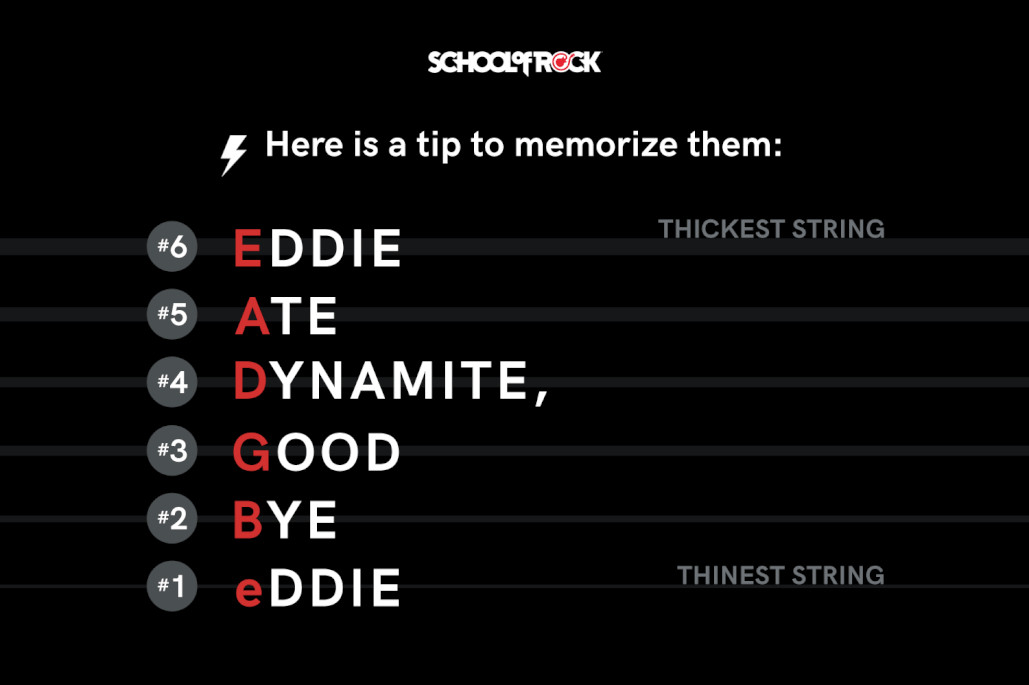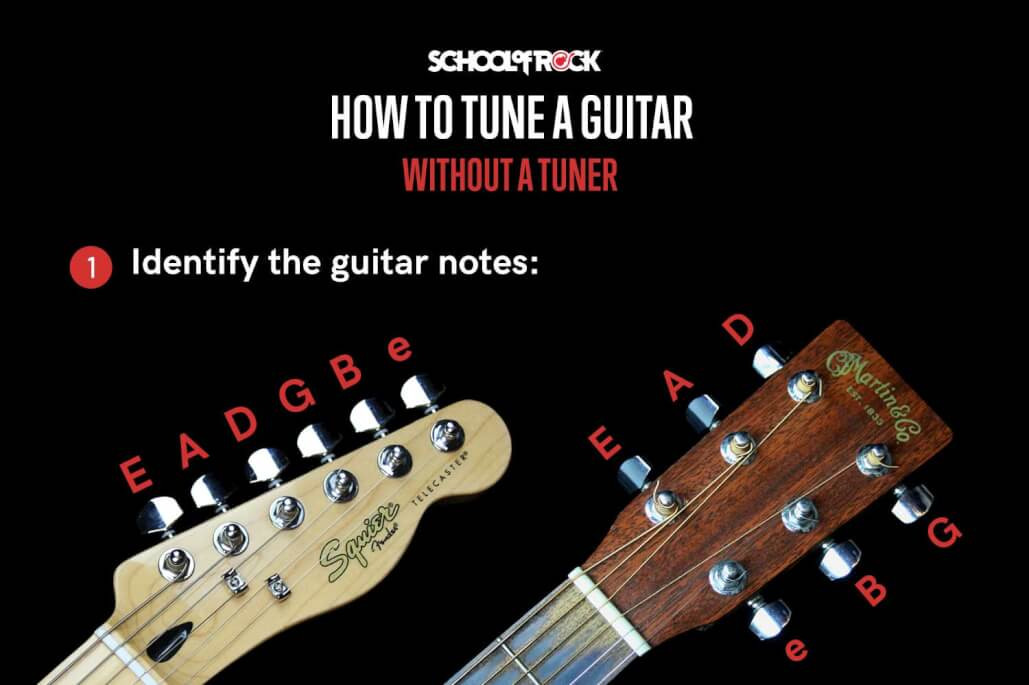Learning guitar is an exciting journey, and one of the very first steps is understanding the fundamental notes of your instrument. Knowing what notes are on your guitar is crucial for tuning, playing chords, learning scales, and ultimately, mastering your favorite songs. If you’re just starting out, figuring out the notes on a guitar might seem a bit daunting, but with this guide, you’ll quickly grasp the basics and be on your way to making music.
Understanding Standard Guitar Tuning and String Notes
The most common tuning for a guitar is called standard tuning. In standard tuning, your guitar strings, starting from the thickest to thinnest, are tuned to the following notes: E, A, D, G, B, and E. These notes are the foundation of everything you’ll play on the guitar. Think of them as the alphabet for your musical language.
- 6th String: The thickest string, closest to your face when you play, is tuned to E (Low E).
- 5th String: The next string up is tuned to A.
- 4th String: The string in the middle is tuned to D.
- 3rd String: Moving towards the floor, this string is tuned to G.
- 2nd String: The next thinner string is tuned to B.
- 1st String: The thinnest string, furthest from your face, is tuned to E (High E).
To remember these notes, many guitarists use mnemonics, or memory aids. A popular one is: Eddie Ate Dynamite, Good Bye Eddie. You can also try: Eat Apple Donuts Good Bye Eating. Find a phrase that resonates with you to easily recall the guitar string notes.
 Memorizing guitar string names using the mnemonic "Eddie Ate Dynamite, Good Bye Eddie."
Memorizing guitar string names using the mnemonic "Eddie Ate Dynamite, Good Bye Eddie."
Understanding these string names is the first step in your guitar journey. When someone refers to the “low E string,” you’ll know exactly which string they mean.
Locating Notes on the Guitar Fretboard
While knowing the open string notes is essential, the real magic of the guitar unfolds on the fretboard. The frets are the metal bars that run perpendicular to the strings on the neck of your guitar. Each fret represents a half step in musical pitch. As you move towards the guitar body, the pitch of the notes increases.
On the open strings, you are playing the root note of that string – E, A, D, G, B, or E. When you press down a string behind a fret, you are shortening the vibrating length of the string, thus creating a higher note.
For example, if you press down the 6th string (Low E) at the 1st fret, you are now playing an F note. The 2nd fret on the 6th string would be F#, the 3rd fret G, and so on. Understanding this progression is key to navigating the fretboard.
It’s important to note that the musical alphabet consists of 12 notes: A, A#, B, C, C#, D, D#, E, F, F#, G, G#. After G#, the sequence repeats starting back at A (or you can think of it as A, Bb, B, C, Db, D, Eb, E, F, Gb, G, Ab, and back to A). On the guitar fretboard, these notes repeat as you move up the neck and across strings.
Why Knowing Guitar Notes Matters
Knowing the notes on your guitar isn’t just about music theory – it’s practical and directly improves your playing:
- Tuning: Understanding the target notes for each string (EADgbe) is the foundation of tuning your guitar, whether you use an electronic tuner or tune by ear. You need to know what you are tuning to.
- Chords: Chords are built from specific combinations of notes. Knowing the notes on the fretboard helps you understand how chords are constructed and how to play them in different positions.
- Scales and Melodies: Scales and melodies are sequences of notes. Knowing the fretboard notes allows you to play scales and melodies in different keys and positions, expanding your musical vocabulary.
- Communication: When you communicate with other musicians, knowing note names is essential for discussing music, songs, and techniques effectively.
 Diagram showing guitar notes to tune without a tuner by identifying guitar notes on the fretboard.
Diagram showing guitar notes to tune without a tuner by identifying guitar notes on the fretboard.
Basic Guitar Tuning Methods
While this article focuses on identifying guitar notes, it’s helpful to briefly touch upon how understanding these notes relates to tuning your guitar. There are two primary ways to tune:
- Using a Tuner: Electronic tuners, whether clip-on or apps on your phone, detect the pitch of the string you are playing and tell you if it’s too high (sharp) or too low (flat) compared to the target note (E, A, D, G, B, E). Knowing the target notes makes using a tuner straightforward.
- Tuning by Ear (Relative Tuning): Once one string is in tune (perhaps using a reference pitch from another instrument or a tuning fork), you can tune the other strings relative to it. This method relies on knowing the relationship between the notes on different strings and frets. For example, the 5th fret of the low E string should produce an A note – the same as the open A string.
For beginners, using a tuner is highly recommended for its accuracy and ease of use. However, as you progress, developing your ear and understanding the relationships between notes for tuning by ear is a valuable skill.
Taking Your Next Steps
Learning the notes on a guitar is an ongoing process. Start by memorizing the open string notes (EADgbe) and their positions. Then, begin exploring the fretboard, learning the notes at each fret, starting with the lower frets. There are many online resources, diagrams, and apps that can help you visualize and learn the fretboard notes.
As you become more familiar with the notes on your guitar, you’ll find it easier to learn new songs, understand music theory, and express yourself musically. Understanding “What Are The Notes On A Guitar” is not just a theoretical exercise; it’s the key to unlocking your potential as a guitarist and enjoying a richer musical experience.
Thinking about expanding your guitar knowledge? Explore our Guitar Buying Guide to find the perfect instrument for your continued learning!
